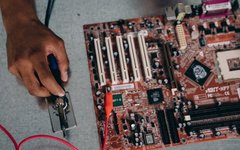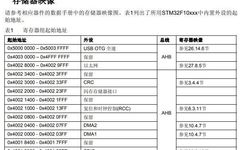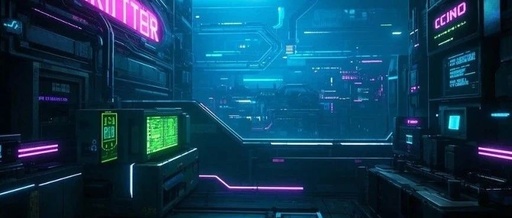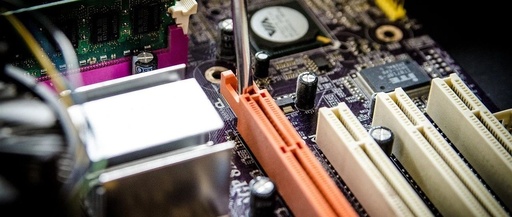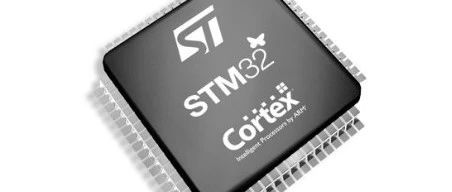Introduction to Independent Key in STM32 IoT Kit
Click the blue text above: IoT Inn to follow us. In previous sections, we used the LED light, buzzer, and relay components, driven by the GPIO output function of STM32. In this section, we will learn about the GPIO input function. When an external button is pressed, the microcontroller can detect it in real-time. Buttons … Read more

